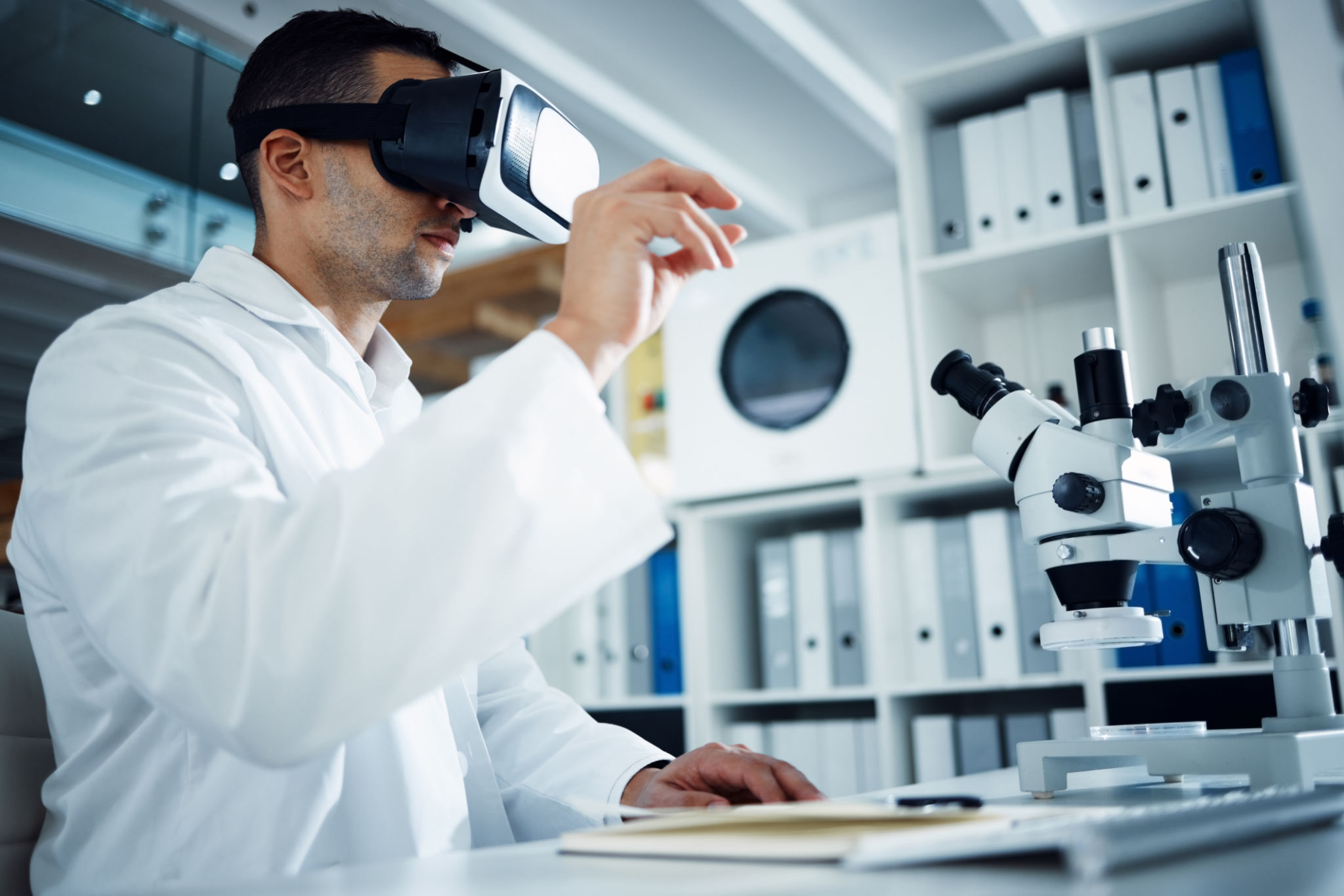Case Study: Successful Medical Equipment Validation in a Jeddah Hospital
Introduction
In the rapidly advancing medical field, ensuring that all equipment meets rigorous standards is crucial. This is especially true in hospitals where patient safety and care quality are of utmost importance. This case study examines a successful medical equipment validation process carried out in a Jeddah hospital, highlighting the strategies and outcomes that contributed to its success.
Understanding Medical Equipment Validation
Medical equipment validation is a comprehensive process that ensures devices are functioning correctly and safely. It involves testing the equipment against predefined standards and regulations. The primary goal is to guarantee that all devices operate as expected, minimizing any risks to patients and healthcare professionals.
In Jeddah, a hospital embarked on an ambitious project to validate its extensive inventory of medical devices. The hospital's management recognized that proper validation was not just a regulatory requirement but also a critical component of delivering high-quality patient care.

Challenges Faced
The hospital faced several challenges during the validation process. Firstly, the sheer volume of equipment made it a daunting task. The hospital had to validate various devices ranging from simple thermometers to complex imaging systems. Additionally, ensuring minimal disruption to daily operations while conducting thorough checks was essential.
Another challenge was keeping up with the evolving regulatory standards. The hospital needed to ensure compliance with both local and international regulations, which required staying informed about the latest changes and updates in medical device standards.
Strategic Approach
To tackle these challenges, the hospital implemented a strategic approach that involved several key steps:
- Conducting a comprehensive inventory audit to identify all equipment requiring validation.
- Establishing a dedicated team responsible for overseeing the validation process.
- Utilizing advanced software tools to track and manage the validation schedules and outcomes.

The hospital also engaged with external experts to provide guidance and support throughout the process. These experts brought in-depth knowledge and experience, ensuring that the validation was thorough and compliant with the highest standards.
Outcomes and Benefits
The successful validation of medical equipment in the Jeddah hospital resulted in numerous benefits. Most importantly, it enhanced patient safety by ensuring that all devices were operating correctly and efficiently. This led to improved patient outcomes and increased trust from both patients and staff.
Furthermore, the hospital observed increased operational efficiency. With validated equipment, there were fewer breakdowns and malfunctions, reducing downtime and maintenance costs. The streamlined processes also contributed to better time management, allowing healthcare professionals to focus more on patient care.

Conclusion
The case study of successful medical equipment validation in a Jeddah hospital serves as an excellent example for other healthcare facilities. By prioritizing equipment validation, hospitals can significantly improve their service quality and safety standards. This case highlights the importance of strategic planning, expert collaboration, and keeping abreast of regulatory changes in achieving successful outcomes.
This initiative not only underscores the hospital's commitment to excellence but also sets a benchmark for others aiming to enhance their medical equipment management practices.
